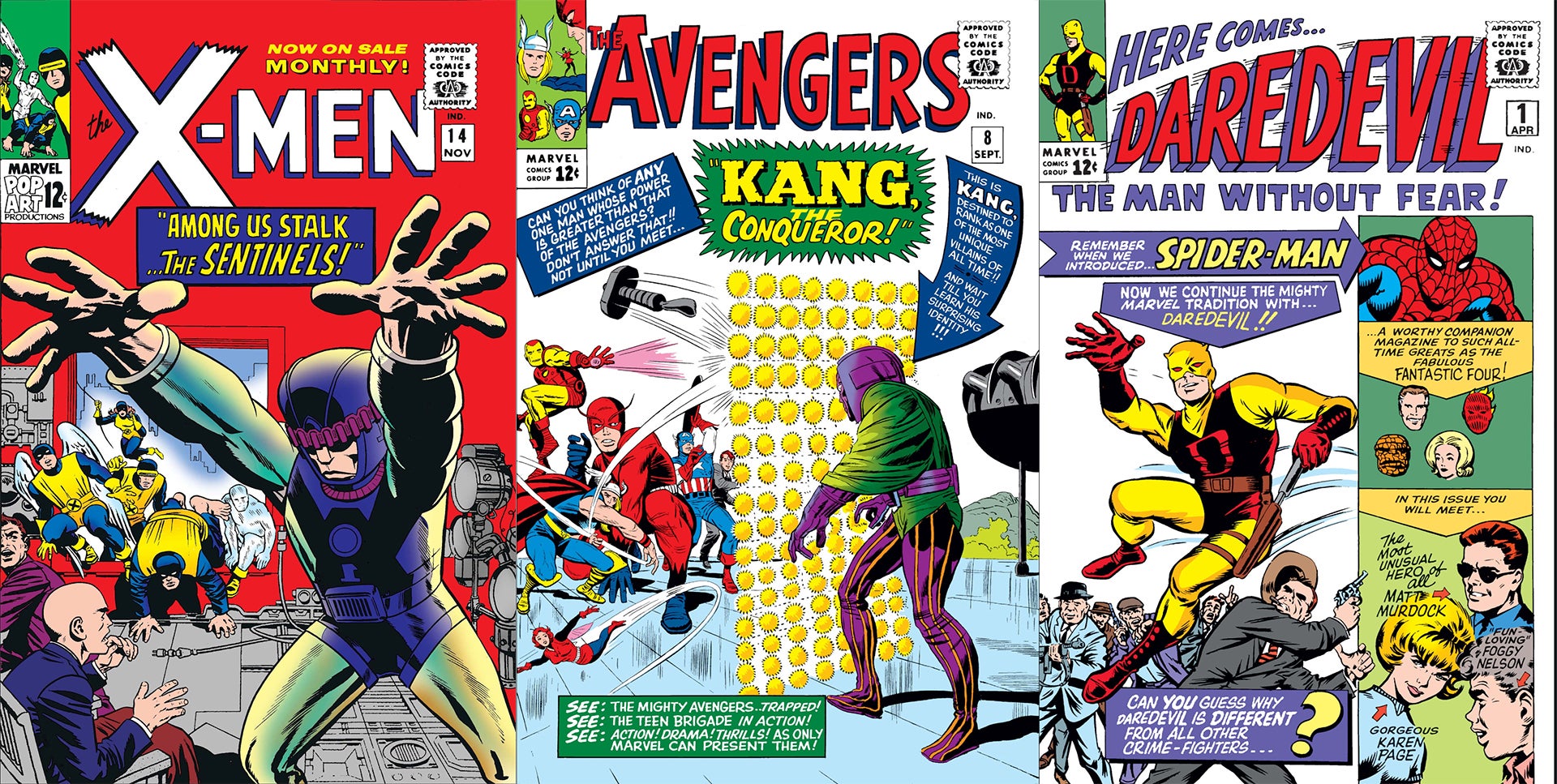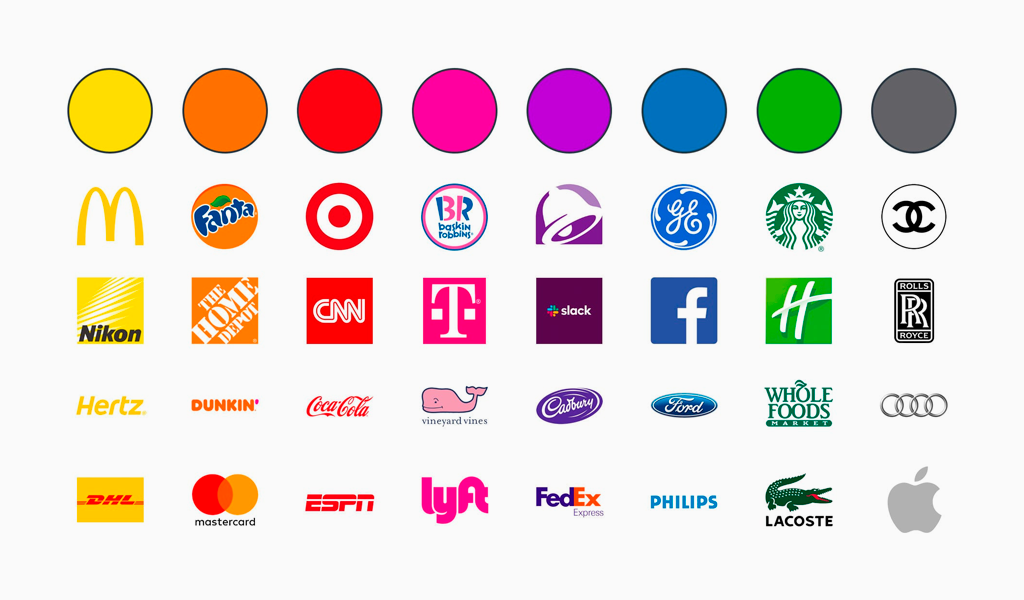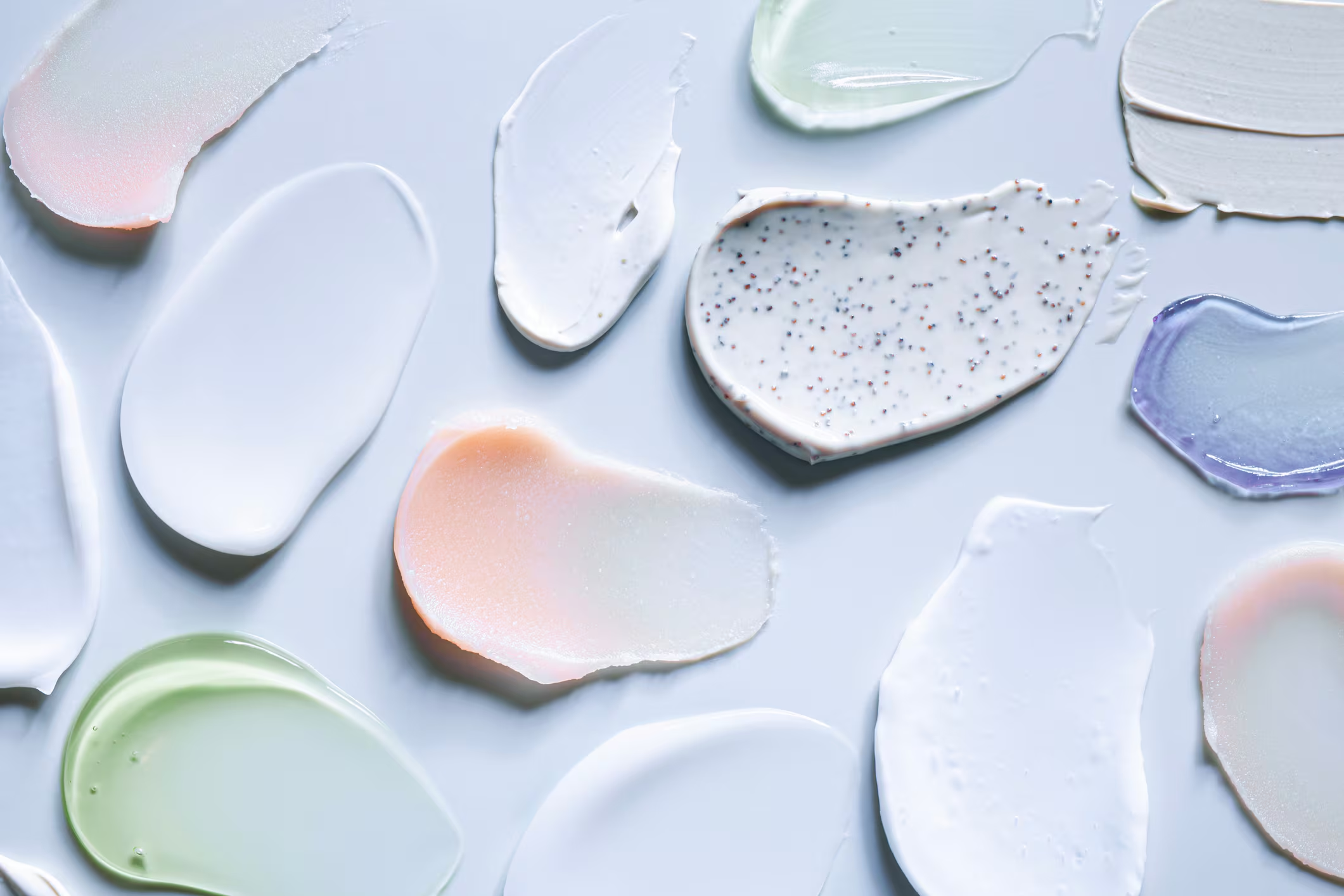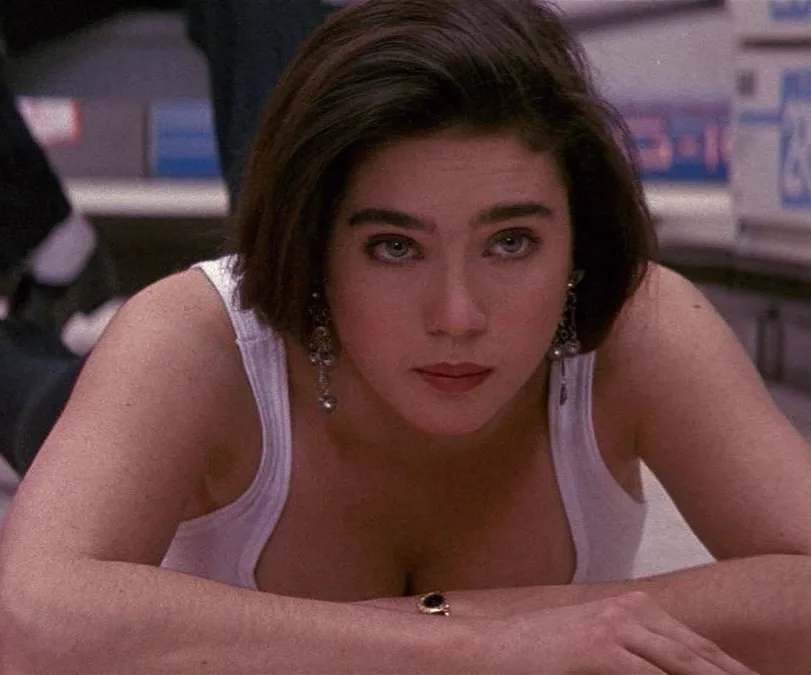Color isn’t just a visual experience—it’s a psychological trigger. In branding, color plays a powerful role in how we perceive, remember, and emotionally connect with a product or service. Studies in color psychology show that up to 90% of snap judgments made about products can be based on color alone. For instance, blue is often used in tech and finance because it evokes trust, while red can stimulate urgency and passion, common in retail and food industries.
Designers and marketers don’t choose colors randomly. There’s a deep strategy behind aligning brand identity with color theory to reinforce a brand’s message. Consider how eco-friendly brands lean towards green, symbolizing nature and sustainability, while luxury brands often use black and gold to communicate elegance and exclusivity. These choices aren’t trends—they’re rooted in decades of behavioral research, helping businesses connect with their target demographics on a subconscious level.
As consumers, we’re often unaware of how these choices influence us. Yet, color impacts memory recall, perceived value, and even buying behavior. A well-crafted brand palette can increase recognition by up to 80%. For entrepreneurs, startups, or rebranding ventures, understanding the psychology of color isn’t just creative flair—it’s a strategic advantage that can define long-term success.







